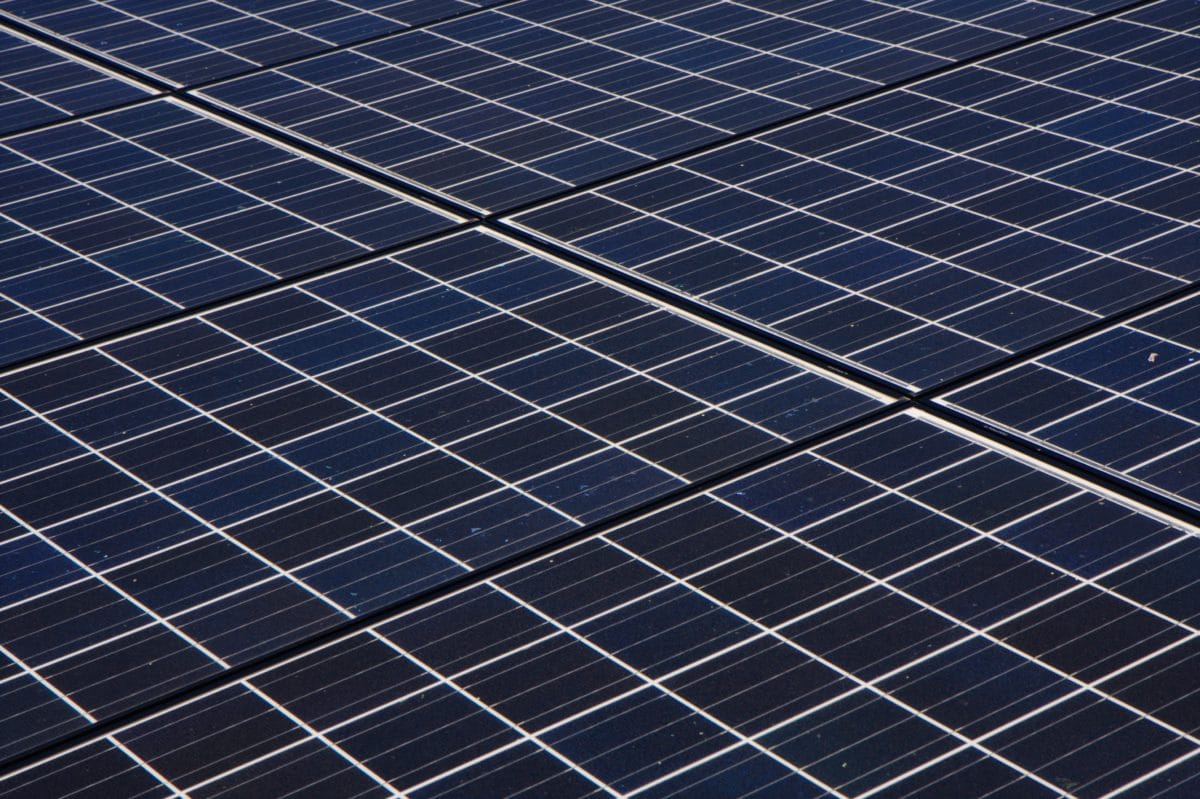Agrivoltaics could free up an additional 30% of land for ground-mounted PV project applications in Italy, Andrea Cristini, spokesperson of new Italian trade body Alleanza per il fotovoltaico in Italia, told pv magazine.
“Agrivoltaics represent one of the solutions but it cannot be the only solution to the advancement of renewable energies in Italy,” Cristini explained, adding that PV plant operators should pay attention not to hinder agricultural production. Reputation damages might outweigh the benefits of installing new PV plants in areas suitable for agriculture.
Cristini also explained, however, that every year thousands of hectares get abandoned in Italy, adding to the existing agricultural land in disuse. According to him, given the high competition in the current global market, this trend is set to continue in the country.
“Agricultural lands used for ground-mounted photovoltaic installations are very few,” he also said. “To reach the 2030 goals, we should realize at least 20 GW of ground plants and at least 1 GW per year of rooftop installations.” Furthermore, he claimed that it would also be necessary to exploit non-strategic agricultural land, as in recent years Italy has installed much less than the 3 GW of additional PV power needed per year to achieve the targets set by the Italian energy strategy.
Mapping
Cristini explained that there are no official documents about disused areas to be reused in Italy and that only some regions have defined suitable and unsuitable areas for renewable energy sources. “This mapping, however, does not consider the presence of infrastructure in the territories in which you can or cannot build plants,” he said. “Moreover, it does not take into account the possibility of creating projects that mitigate potential negative factors.”
Cristini mentioned a study conducted by Italy’s Politecnico di Milano, which showed that between 8 and 9 GW of ground-mounted plants can be installed on redeveloped agricultural land. These additional areas, however, would be available only in the medium or long term, and would not provide any help to reach the EU’s 2030 objectives.
“The selection of the right area also depends on existing infrastructure,” argued Cristini. The construction of new infrastructure supporting renewables could impact the landscape even more than the photovoltaic systems themselves. Additional works would also imply additional costs. “The capacity of the network and the existence of infrastructure is of fundamental and strategic importance for those who invest but especially for the territory,” he stated.
Regional hubs
Currently, industry experts see the Tuscia and Apulia regions as two potential hubs for utility scale solar plants. Several project developments, however, have been halted due to low acceptance from local communities and regional and central authorities.
“In some areas such as Tuscia and Brindisi, competent authorities have approved the projects but then the Soprintendenza per i Beni Archeologici–the government department responsible for the environment and historical buildings–has challenged these authorizations by raising an appeal, although the areas in question are free of constraints,” said Cristini, adding that some projects in the Brindisi area have been blocked even before, in the authorization process.
Offshore
According to Cristini, offshore PV is not a viable option in Italy and cannot represent an alternative to ground-mounted. “Floating platforms on which to install photovoltaic panels are quite difficult, mainly at the authorization level,” he said, suggesting that the more promising areas are inland reservoirs. “Projects of this kind would probably require public funding,” he concluded. “The eventual use of public incentives would be, in our opinion, a waste of resources that could be used for other things, since utility scale plants have the added advantage they do not require public aid.”
This content is protected by copyright and may not be reused. If you want to cooperate with us and would like to reuse some of our content, please contact: editors@pv-magazine.com.



By submitting this form you agree to pv magazine using your data for the purposes of publishing your comment.
Your personal data will only be disclosed or otherwise transmitted to third parties for the purposes of spam filtering or if this is necessary for technical maintenance of the website. Any other transfer to third parties will not take place unless this is justified on the basis of applicable data protection regulations or if pv magazine is legally obliged to do so.
You may revoke this consent at any time with effect for the future, in which case your personal data will be deleted immediately. Otherwise, your data will be deleted if pv magazine has processed your request or the purpose of data storage is fulfilled.
Further information on data privacy can be found in our Data Protection Policy.